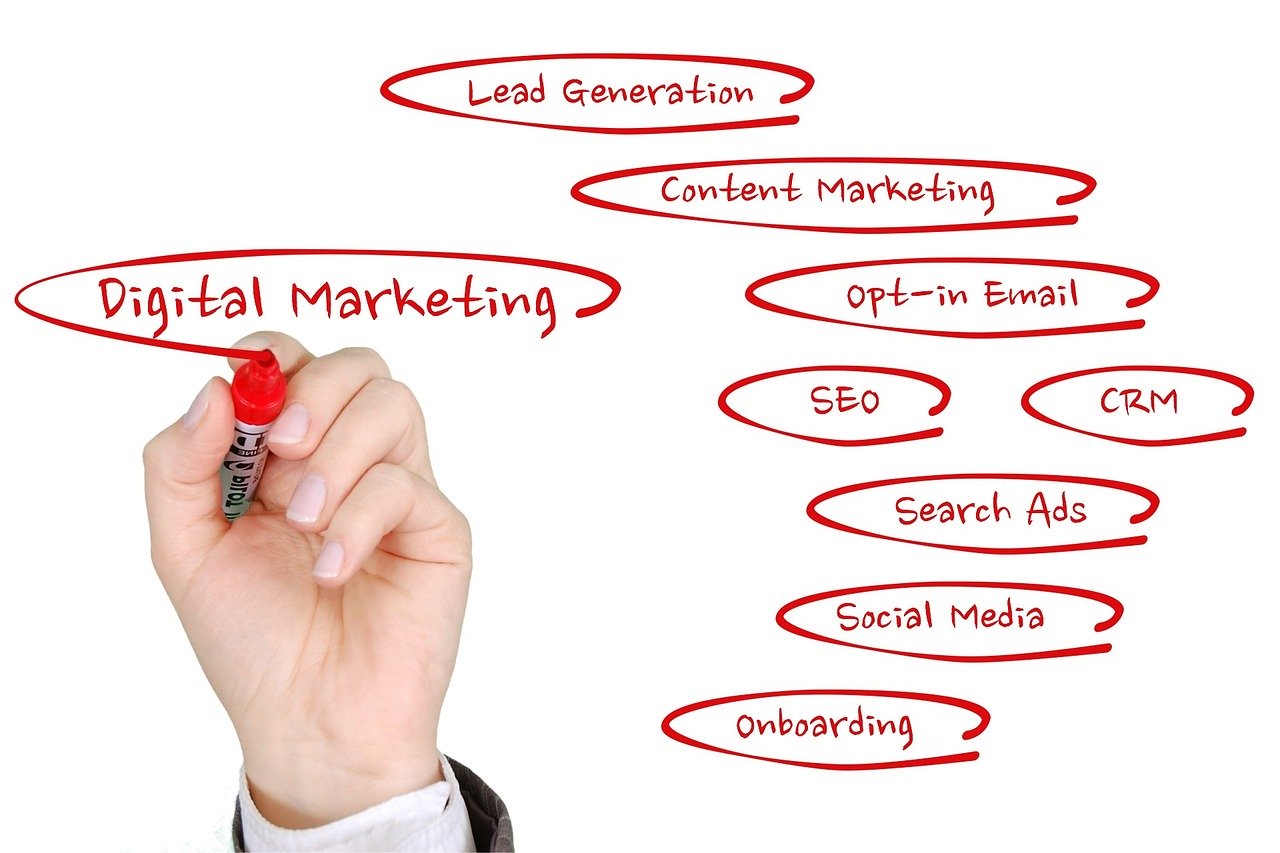In the sphere of digital advertising the field is dominated by massive conglomerates, Google or Amazon acquire and use more data in minutes than a human could process in a lifetime. Yet their goal is an intimate one, to carefully craft advertising and product selection that reflects the desires of each member of their audience individually.
Yet all this big data ad money is ending up having somewhat the opposite effect. They are spending millions to suggest an ad I might be more likely to click on, without actually building it around my experience or taste. In the end despite all these companies pretending to be my friends, trying to own and use the vast amounts of data I put up everyday, my loneliness is killing me.
I must confess, I still believe in the power of personalized marketing. And here are some important lessons about how to do it when running a business online.
Give them a sign they can trust
Steering the customer is often the most difficult task, especially since half of the time the customer actively resists being steered. They think because you are trying to take them one way, that must be an artificial or poor selection for them. Yet no one ever complains about road signs pointing the way to a city they want to go to, and follow them actively? Why is that?
For one, it is because drivers trust that the signs they are seeing are authoritative and accurate. They assume (correctly for the most part) that they are there to indicate the correct path to get to their destination.
This is what you need to create online, a path which is trusted by the customers from start to finish.
The first step
Getting the customer to take the first step is always the hardest but also the most important. Whether it is into your store, or onto your page or app. Ultimately what you need is for the consumer to take that first step of their own volition.
If you know what your customers are looking for, and who they are, you can present your sign such that they take it. Let’s look at an example: the start up Palate Club offers personalized wine delivery adapted to the consumers taste.
Rather than try to push a product on the customer, they try to learn what the customer wants. Giving the customer a blind tasting kit to discover their preferences, or even just by having them take a quiz, gives your company information, while also putting the customer in charge of the choice. This is crucial in establishing a sense of trust, but it also gives you better leverage to close sales.
Have them show you how they want it
When Google ads show you five robot vacuums the day after you buy one, they are showing off an impressive ability to gather information and adapt. And an impressive lack of insight into how to do so.
You need to figure out what they want and like, not what they have already bought. Take our wine example: Palate Club adapts its offerings based not on what the customer has purchased, but on what they have liked (or not) about their previous purchases. A great example of using modern data technology for a targeting selling point, rather than Amazon’s shot-gun approach.
This means that the customer is telling you at every step along the path where they want to go next; all you have to do is listen and pay attention to be able to give them what they want.
Don’t let them go!
Once you have their attention, trust and a few purchases, it is vitally important that you hold on to them. You have already shown them you have match their need, and they have shown you an interest in your product. But holding on is not always easy, you cannot just hit them one more time with a newsletter.
Instead you want them to keep coming back to you, or to keep offering novelty they know they will like. This is the most crucial part, and makes the rest of the effort worth it. This is the final lesson we can learn: monthly personalized delivery.
The model of monthly delivery is popular with many companies selling ‘boxes’ of goodies, but too often is used to get rid of merchandise that the suppliers dont want. Palate club is turning
that on its head too, instead of selling what they need to get rid of, they sell each month to the client what they are most likely to want.
Using their data and analysis they can predict which wines the client will enjoy most, meaning that their customer gets used to drinking high quality wine adapted to their specific taste. This is the ideal form of fidelization, because the client will never want to risk buying elsewhere afterwards!
After all, once they have learned the best path from A to B, it is unlikely they will ever try another road.
You need to know your customer
In conclusion, it is clear that in order to pull off a successful business online, knowledge is key. However the massive big data style approach is not necessarily the best, especially for small or medium sized companies. Instead personalization is the source of power: adapting your approach first to your target client, then to each client individually. Now you know why and Palate club shows you how.




